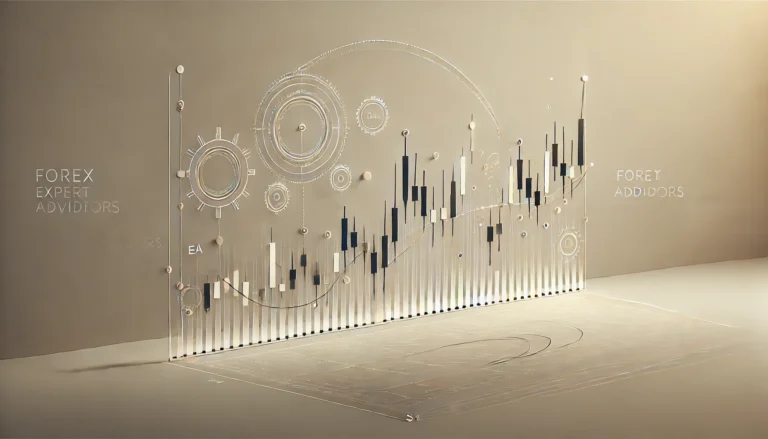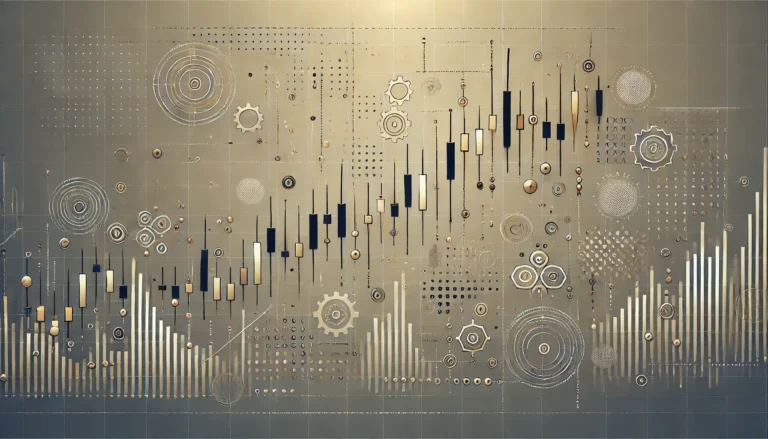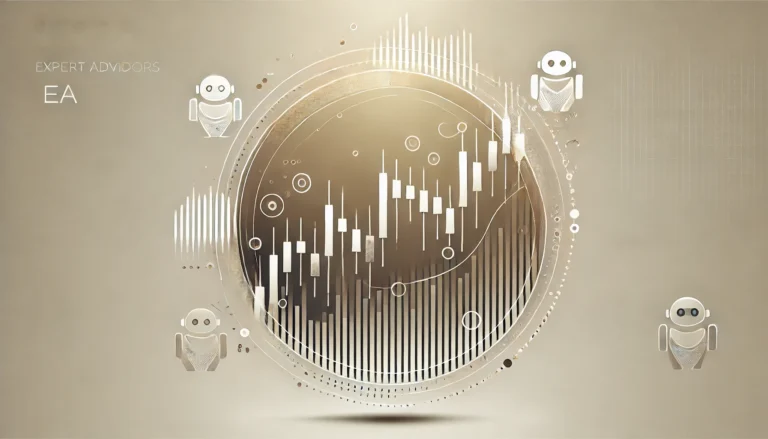Hey there, ambitious traders! When it comes to navigating the financial markets, understanding japanese candlestick patterns can be your secret weapon. These visual cues on candlestick charts reveal valuable information about price movement, market trends, and potential reversals or continuations. In this article, we’ll dive deep into these patterns to help you enhance your technical analysis skills.
A brief history of Japanese Candlestick patterns
It all began in Japan back in the 18th century. A rice trader named Munehisa Homma is credited with developing these patterns. He realized that by analyzing historical price movements, he could predict future market trends. This method revolutionized trading and is still widely used in modern forex trading.
Homma’s insights laid the foundation for what we now call technical analysis. Traders around the world rely on these patterns to read market sentiment and make informed decisions. So, whether you’re new to trading or an experienced pro, understanding these patterns is essential.
The structure of a Candlestick
Before diving into specific patterns, let’s quickly review the anatomy of a candlestick. Each candlestick represents a specific time frame—be it minutes, hours, days, or even weeks. Here’s what you’ll typically see:
- Body: this is the rectangular part of the candlestick. It indicates the opening and closing prices within the selected time frame.
- Wicks (or shadows): these are the thin lines extending from the top and bottom of the body. They represent the highest and lowest prices during the time frame.
If the body is filled or colored, it shows that the closing price was lower than the opening price (bearish). If it’s empty or hollow, the closing price was higher than the opening price (bullish).
Common bullish reversal patterns
Bullish reversal patterns signal a potential shift from a downward trend to an upward trend. Recognizing these patterns early can give you an edge in buying before the price rises. Let’s take a look at some of the most common ones:
The Hammer pattern
This single-candlestick pattern has a small body and a long lower wick. It appears after a downtrend, indicating that despite selling pressure, buyers pushed the price back up. It’s like a hammer pounding out a bottom in prices.
The Morning Star pattern
The morning star is a three-candlestick pattern that includes:
- A long bearish candle.
- A short-bodied candle that gaps below the first one.
- A long bullish candle that closes above the midpoint of the first bearish candle.
This formation suggests the downtrend is losing momentum, and a new uptrend might begin.
The Engulfing pattern
There are two candles in this pattern where a smaller bearish candle is followed by a larger bullish candle that completely “engulfs” the previous one. It signals strong buying interest, overpowering the sellers.
Common bearish reversal patterns
Just as bullish patterns indicate rising prices, bearish reversal patterns suggest falling prices. Identifying these can help you exit positions or initiate short trades. Here are a few key patterns to watch for:
The Hanging Man pattern
Similar to the hammer but appearing after an uptrend, the hanging man has a small body and a lengthy lower wick. Its appearance tells us that although buyers were initially in control, sellers wrestled back some dominance by the end of the period.
The Evening Star pattern
The opposite of the morning star, this three-candle pattern consists of:
- A long bullish candle.
- A short-bodied candle that gaps above the first one.
- A long bearish candle closing below the midpoint of the first bullish candle.
The evening star pattern often indicates that an uptrend has lost its steam, and darker times may be ahead, suggesting a potential downtrend.
The Bearish Engulfing pattern
The bearish version of the engulfing pattern has a smaller bullish candle followed by a larger bearish candle that engulfs it. Such a formation highlights increasing selling pressure overtaking buyers.
Continuation patterns to know
Besides reversal patterns, continuation patterns indicate that the existing trend will likely persist. Paying attention to these can help you ride the trend for longer gains.
The Doji pattern
The doji is a neutral yet incredibly telling pattern. With a tiny body and long wicks, it usually means uncertainty in the market. If seen within a trend, it might suggest a temporary pause rather than a full reversal.
The Flag pattern
This formation looks like a small rectangle or parallelogram slanted against the prevailing trend. After a significant price movement, the market pauses and creates this flag, which then breaks out in the direction of the initial trend.
| Pattern Name | Type | Description |
|---|---|---|
| Hammer | Bullish Reversal | Small body, long lower wick; follows downtrend |
| Morning Star | Bullish Reversal | Three-candle formation indicating trend reversal |
| Engulfing | Bullish/Bearish Reversal | Two candles; second engulfs first |
| Doji | Neutral/Continuation | Tiny body, long wicks; signifies indecision |
| Flag | Continuation | Rectangular formation; breakout continues trend |
If you spot these continuation patterns, don’t rush to exit your position. Instead, hold steady as they often suggest the trend will resume strongly once the pattern concludes.
Using Candlestick patterns in forex trading
In forex trading, candlestick patterns are indispensable tools for predicting price movements. Knowing how to interpret these formations can improve your trading strategy significantly. Since the forex market operates 24/7, you have ample opportunities to spot diverse patterns across various currency pairs.
Combining with other indicators
While candlestick patterns are powerful on their own, combining them with other technical indicators can bolster your analysis. Tools like moving averages, RSI (Relative Strength Index), and volume can confirm the patterns you observe, providing added layers of insight.
Real-time application
Imagine you’re observing the EUR/USD pair. You notice a series of bearish engulfing patterns forming, hinting at a potential downtrend. Simultaneously, your RSI indicator shows overbought conditions. Together, these signals strengthen your decision to short the pair.
The psychology behind candlestick patterns
Candlestick patterns aren’t just random formations; they reflect collective market psychology. Understanding the emotions and behaviors these patterns signify can lead to more effective trading decisions.
For instance, bullish reversal patterns often emerge when buyers regain confidence after a prolonged downturn. Bearish reversal patterns show increasing fear among sellers in an overheated market. Continuation patterns highlight periods of consolidation as traders evaluate their next moves.
Patience pays off
When analyzing candlestick patterns, patience is crucial. Jumping into a trade too soon can lead to false signals and losses. Wait for patterns to fully form and consider additional confirmation from other indicators before taking action.
Also, remember that no pattern guarantees 100% accuracy. The market can be unpredictable, and employing proper risk management practices is vital to protect your capital.
Mastering Candlestick patterns
As you delve deeper into the world of japanese candlestick patterns, you’ll discover an incredible toolset for technical analysis. From identifying entry and exit points to understanding market sentiment, these patterns offer a window into the minds of traders worldwide.
Combine your newfound knowledge with continuous learning and practice. The more you study and apply these patterns, the better you’ll become at spotting profitable opportunities in the ever-evolving world of trading.






